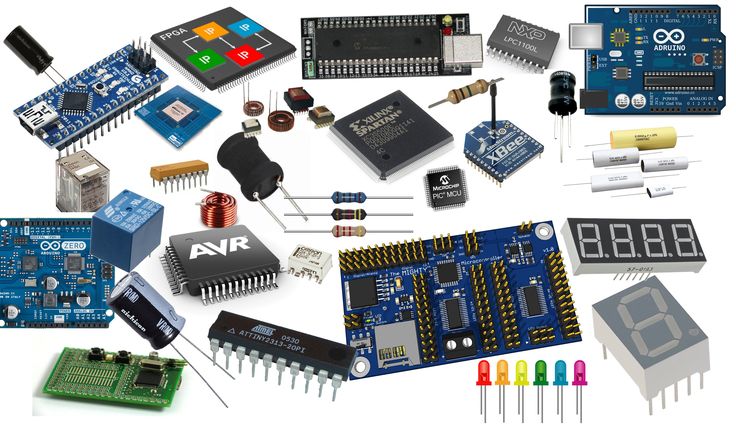When it comes to electronics assembly, the choice of solder and its composition can significantly impact the performance, reliability, and longevity of electronic devices. Among the myriad of factors that influence soldering quality, the solder ratio stands out as a critical parameter. This article delves into the intricacies of solder ratios, exploring what constitutes the best solder ratio for electronics and how it affects various applications.
Understanding Solder Composition
Solder is typically an alloy composed of tin (Sn) and lead (Pb), although lead-free alternatives have gained popularity due to health and environmental concerns. The most common solder ratios for traditional lead-based solder are 60/40 (60% tin and 40% lead) and 63/37 (63% tin and 37% lead). Lead-free solders, on the other hand, often consist of a combination of tin with copper (Cu), silver (Ag), and other metals, with common ratios including SAC305 (96.5% tin, 3% silver, and 0.5% copper).
The Importance of Solder Ratios
- Melting Point and Flow Characteristics: The solder ratio directly influences the melting point and flow characteristics of the solder. For instance, the 63/37 solder has a eutectic composition, meaning it has a single melting point (183°C) rather than a melting range. This property allows for smoother flow and better wetting on surfaces, making it ideal for precision electronics.
- Mechanical Strength and Reliability: The mechanical properties of solder joints are crucial for the durability of electronic assemblies. Higher tin content generally enhances the tensile strength and ductility of the solder joint. However, too much tin can lead to brittleness, especially in lead-free solders. Therefore, finding the right balance is essential for ensuring long-term reliability.
- Thermal and Electrical Conductivity: Solder ratios also affect the thermal and electrical conductivity of the joints. While lead-based solders typically offer excellent conductivity, lead-free alternatives can vary significantly based on their composition. For example, SAC305 provides a good balance of conductivity and strength, making it a popular choice in many applications.
Selecting the Best Solder Ratio for Your Application
Choosing the best solder ratio depends on several factors, including the specific application, environmental considerations, and regulatory compliance. Here are some guidelines to help you make an informed decision:
- For General Electronics: If you are working on general electronics projects, the 60/40 or 63/37 lead-based solder is often sufficient due to its excellent flow characteristics and reliability. However, for applications requiring RoHS compliance, consider using lead-free solders like SAC305.
- For High-Temperature Applications: In scenarios where the electronic device will be exposed to high temperatures, such as automotive or aerospace applications, a solder with a higher melting point may be necessary. Lead-free solders with higher tin content or specialized alloys designed for high-temperature performance should be considered.
- For Fine Pitch Components: When soldering fine pitch components or surface mount devices (SMDs), a eutectic solder like 63/37 is preferable due to its superior wetting properties. Additionally, using solder paste with a suitable flux can enhance the soldering process and improve joint quality.
- For Environmental Considerations: With increasing regulations on hazardous materials, opting for lead-free solders is becoming a necessity. While lead-free solders may require higher temperatures and different handling techniques, they are essential for compliance with standards such as RoHS and WEEE.
Conclusion
In conclusion, the best solder ratio for electronics is not a one-size-fits-all solution; it varies based on the specific requirements of the application. Understanding the properties and implications of different solder compositions is crucial for achieving optimal performance and reliability in electronic assemblies. By carefully considering the factors outlined in this article, you can select the most appropriate solder ratio to meet your project's needs, ensuring that your electronic devices function effectively and endure the test of time.


